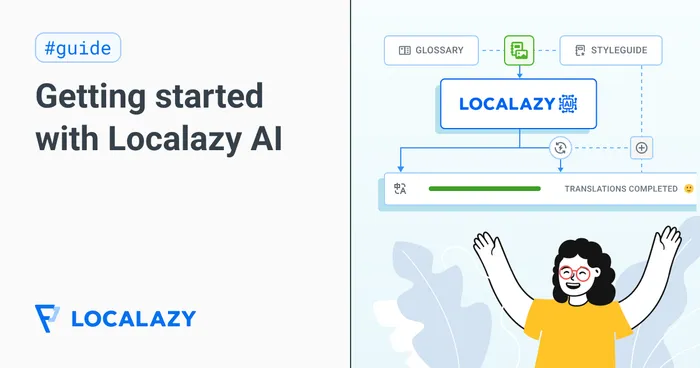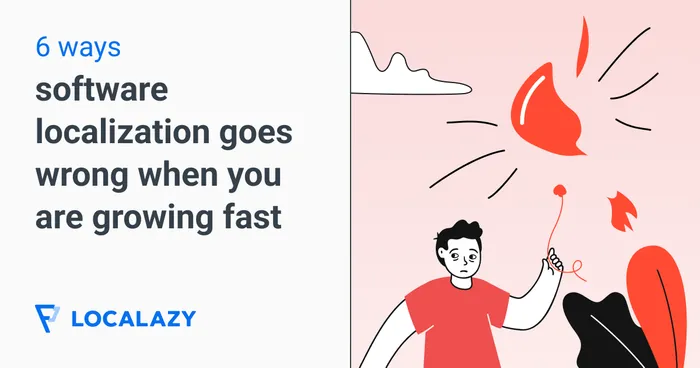Machine translation (MT)
The process of translating using computational linguistics.
A machine translation engine is a software tool that translates a text from one language to another without the help of human translators.
Machine translation, also known as MT, is widely used as the first round of translations and is frequently very effective for short strings. However, it can produce unsatisfactory results when context knowledge is required, and thus, a human review is always advised.
💬 Methods used in machine translation #️⃣
Machine translation engines recently experienced huge improvements related to the advanced use of neural networks, but they generally rely on these different methods:
- Statistical machine translation (SMT)
- Example-based machine translation (EBMT)
- Hybrid machine translation (HMT)
- Neural machine translation (NMT)
Neural machine translation (used by AI-powered translation engines) is the most sophisticated type of instant translation today. It uses machine learning to improve its translation capabilities. As the engine translates more text with each request, the better results it produces with time by learning. Most instant translation services use this technology.
🔍 What’s the difference between HAMT and MAHT? #️⃣
Within the realm of machine translation, it’s important to distinguish between Human-Assisted Machine Translation (HAMT) and Machine-Assisted Human Translation (MAHT):
- Human-Assisted Machine Translation (HAMT): This process involves a human reviewing translations generated by machine translation (MT) engines. It is also known as MT plus post-editing and/or pre-editing. The machine handles the initial translation, which is then edited by a human to improve accuracy and context. This approach is useful for projects with repetitive content and where budget or time constraints are significant.
- Machine-Assisted Human Translation (MAHT): In this method, human translators use computer software to aid their work. Translators receive machine translation suggestions, but they decide how to use them. This approach allows for high translation accuracy while benefiting from features like translation glossaries and memories, which enhance the efficiency and consistency of the translation process.
🦾 MT engines available in Localazy #️⃣
Localazy users can use the most popular and advanced MT engines to translate their content:
- Amazon Translate (available for free)
- Google Translate
- DeepL
- Azure Translator
- OpenAI (ChatGPT), with your own API key
Users can unlock different engines depending on the plan they buy. See our pricing and docs for more details.


